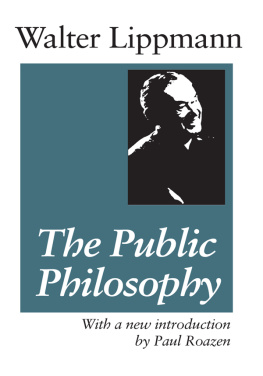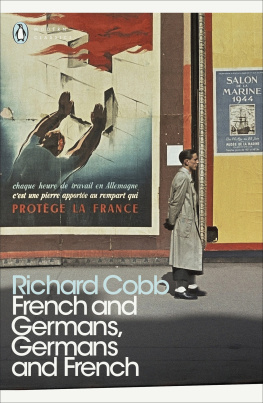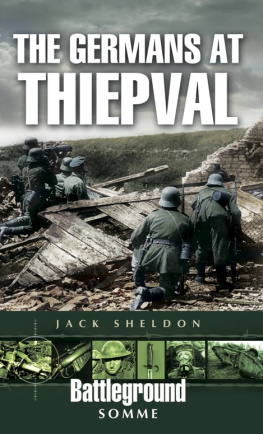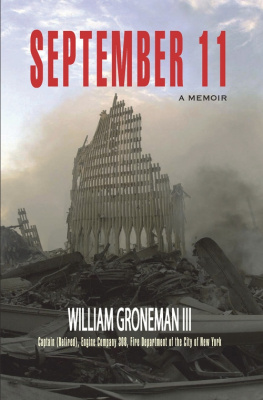PUBLIC OPINION
BY WALTER LIPPMANN
Start Publishing LLC
Copyright 2015 by Start Publishing LLC
All rights reserved, including the right to reproduce this book or portions thereof in any form whatsoever.
First Start Publishing eBook edition July 2015
Start Publishing is a registered trademark of Start Publishing LLC
Manufactured in the United States of America
10 9 8 7 6 5 4 3 2 1
ISBN 13: 978-1-68146-411-4
TO FAYE LIPPMANN
Wading River, Long Island. 1921.
"Behold! human beings living in a sort of underground den, which has a mouth open towards the light and reaching all across the den; they have been here from their childhood, and have their legs and necks chained so that they cannot move, and can only see before them; for the chains are arranged in such a manner as to prevent them from turning round their heads. At a distance above and behind them the light of a fire is blazing, and between the fire and the prisoners there is a raised way; and you will see, if you look, a low wall built along the way, like the screen which marionette players have before them, over which they show the puppets.
I see, he said.
And do you see, I said, men passing along the wall carrying vessels, which appear over the wall; also figures of men and animals, made of wood and stone and various materials; and some of the prisoners, as you would expect, are talking, and some of them are silent?
This is a strange image, he said, and they are strange prisoners.
Like ourselves, I replied; and they see only their own shadows, or the shadows of one another, which the fire throws on the opposite wall of the cave?
True, he said: how could they see anything but the shadows if they were never allowed to move their heads?
And of the objects which are being carried in like manner they would see only the shadows?
Yes, he said.
And if they were able to talk with one another, would they not suppose that they were naming what was actually before them?" The Republic of Plato, Book Seven. (Jowett Translation.)
Table of Contents
PART I: INTRODUCTION
CHAPTER I
THE WORLD OUTSIDE AND THE PICTURES IN OUR HEADS
There is an island in the ocean where in 1914 a few Englishmen, Frenchmen, and Germans lived. No cable reaches that island, and the British mail steamer comes but once in sixty days. In September it had not yet come, and the islanders were still talking about the latest newspaper which told about the approaching trial of Madame Caillaux for the shooting of Gaston Calmette. It was, therefore, with more than usual eagerness that the whole colony assembled at the quay on a day in mid-September to hear from the captain what the verdict had been. They learned that for over six weeks now those of them who were English and those of them who were French had been fighting in behalf of the sanctity of treaties against those of them who were Germans. For six strange weeks they had acted as if they were friends, when in fact they were enemies.
But their plight was not so different from that of most of the population of Europe. They had been mistaken for six weeks, on the continent the interval may have been only six days or six hours. There was an interval. There was a moment when the picture of Europe on which men were conducting their business as usual, did not in any way correspond to the Europe which was about to make a jumble of their lives. There was a time for each man when he was still adjusted to an environment that no longer existed. All over the world as late as July 25th men were making goods that they would not be able to ship, buying goods they would not be able to import, careers were being planned, enterprises contemplated, hopes and expectations entertained, all in the belief that the world as known was the world as it was. Men were writing books describing that world. They trusted the picture in their heads. And then over four years later, on a Thursday morning, came the news of an armistice, and people gave vent to their unutterable relief that the slaughter was over. Yet in the five days before the real armistice came, though the end of the war had been celebrated, several thousand young men died on the battlefields.
Looking back we can see how indirectly we know the environment in which nevertheless we live. We can see that the news of it comes to us now fast, now slowly; but that whatever we believe to be a true picture, we treat as if it were the environment itself. It is harder to remember that about the beliefs upon which we are now acting, but in respect to other peoples and other ages we flatter ourselves that it is easy to see when they were in deadly earnest about ludicrous pictures of the world. We insist, because of our superior hindsight, that the world as they needed to know it, and the world as they did know it, were often two quite contradictory things. We can see, too, that while they governed and fought, traded and reformed in the world as they imagined it to be, they produced results, or failed to produce any, in the world as it was. They started for the Indies and found America. They diagnosed evil and hanged old women. They thought they could grow rich by always selling and never buying. A caliph, obeying what he conceived to be the Will of Allah, burned the library at Alexandria.
Writing about the year 389, St. Ambrose stated the case for the prisoner in Plato's cave who resolutely declines to turn his head. "To discuss the nature and position of the earth does not help us in our hope of the life to come. It is enough to know what Scripture states. 'That He hung up the earth upon nothing' (Job xxvi. 7). Why then argue whether He hung it up in air or upon the water, and raise a controversy as to how the thin air could sustain the earth; or why, if upon the waters, the earth does not go crashing down to the bottom? Not because the earth is in the middle, as if suspended on even balance, but because the majesty of God constrains it by the law of His will, does it endure stable upon the unstable and the void."
It does not help us in our hope of the life to come. It is enough to know what Scripture states. Why then argue? But a century and a half after St. Ambrose, opinion was still troubled, on this occasion by the problem of the antipodes. A monk named Cosmas, famous for his scientific attainments, was therefore deputed to write a Christian Topography, or "Christian Opinion concerning the World." It is clear that he knew exactly what was expected of him, for he based all his conclusions on the Scriptures as he read them. It appears, then, that the world is a flat parallelogram, twice as broad from east to west as it is long from north to south., In the center is the earth surrounded by ocean, which is in turn surrounded by another earth, where men lived before the deluge. This other earth was Noah's port of embarkation. In the north is a high conical mountain around which revolve the sun and moon. When the sun is behind the mountain it is night. The sky is glued to the edges of the outer earth. It consists of four high walls which meet in a concave roof, so that the earth is the floor of the universe. There is an ocean on the other side of the sky, constituting the "waters that are above the firmament." The space between the celestial ocean and the ultimate roof of the universe belongs to the blest. The space between the earth and sky is inhabited by the angels. Finally, since St. Paul said that all men are made to live upon the "face of the earth" how could they live on the back where the Antipodes are supposed to be? With such a passage before his eyes, a Christian, we are told, should not 'even speak of the Antipodes.'"















